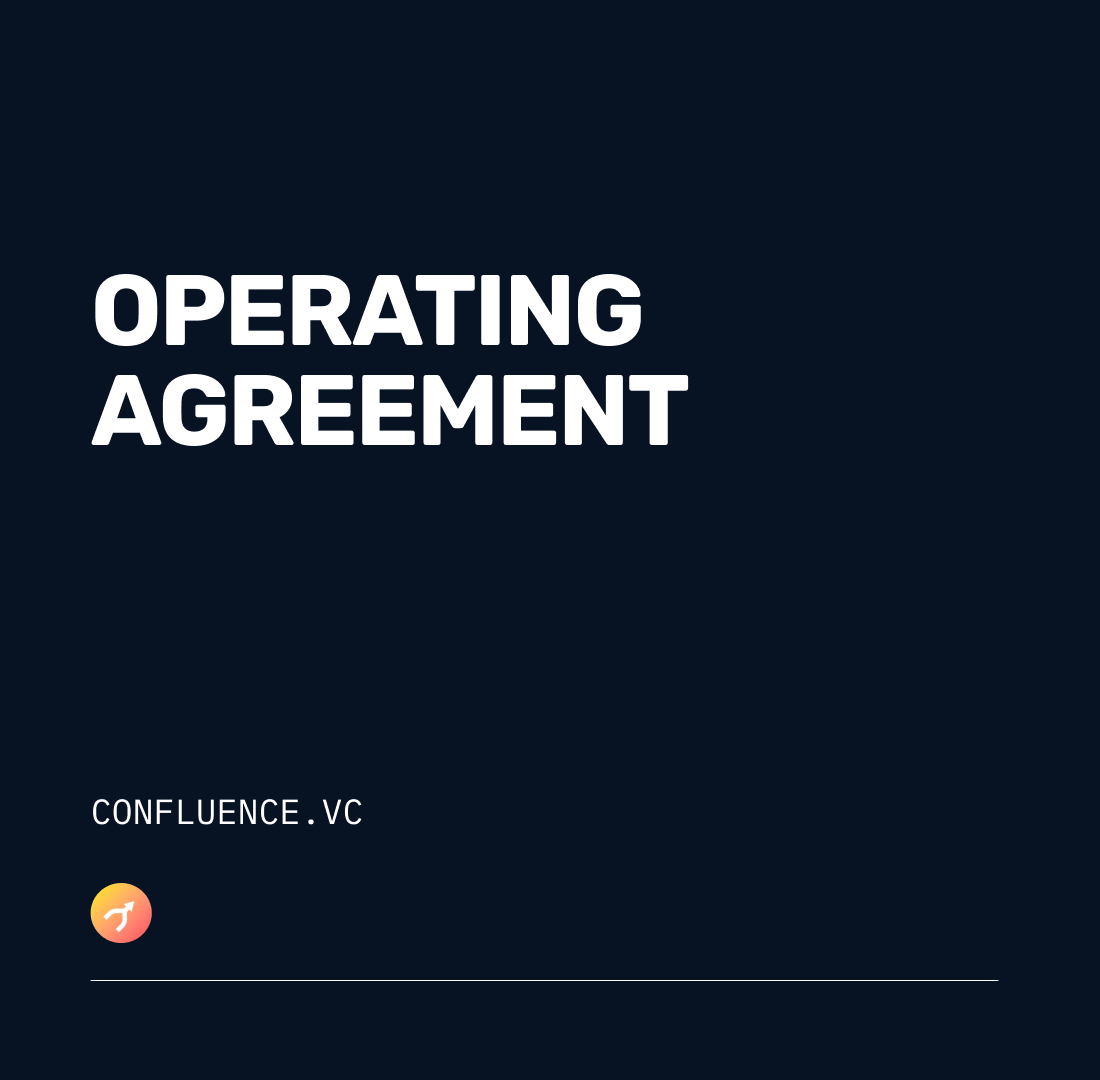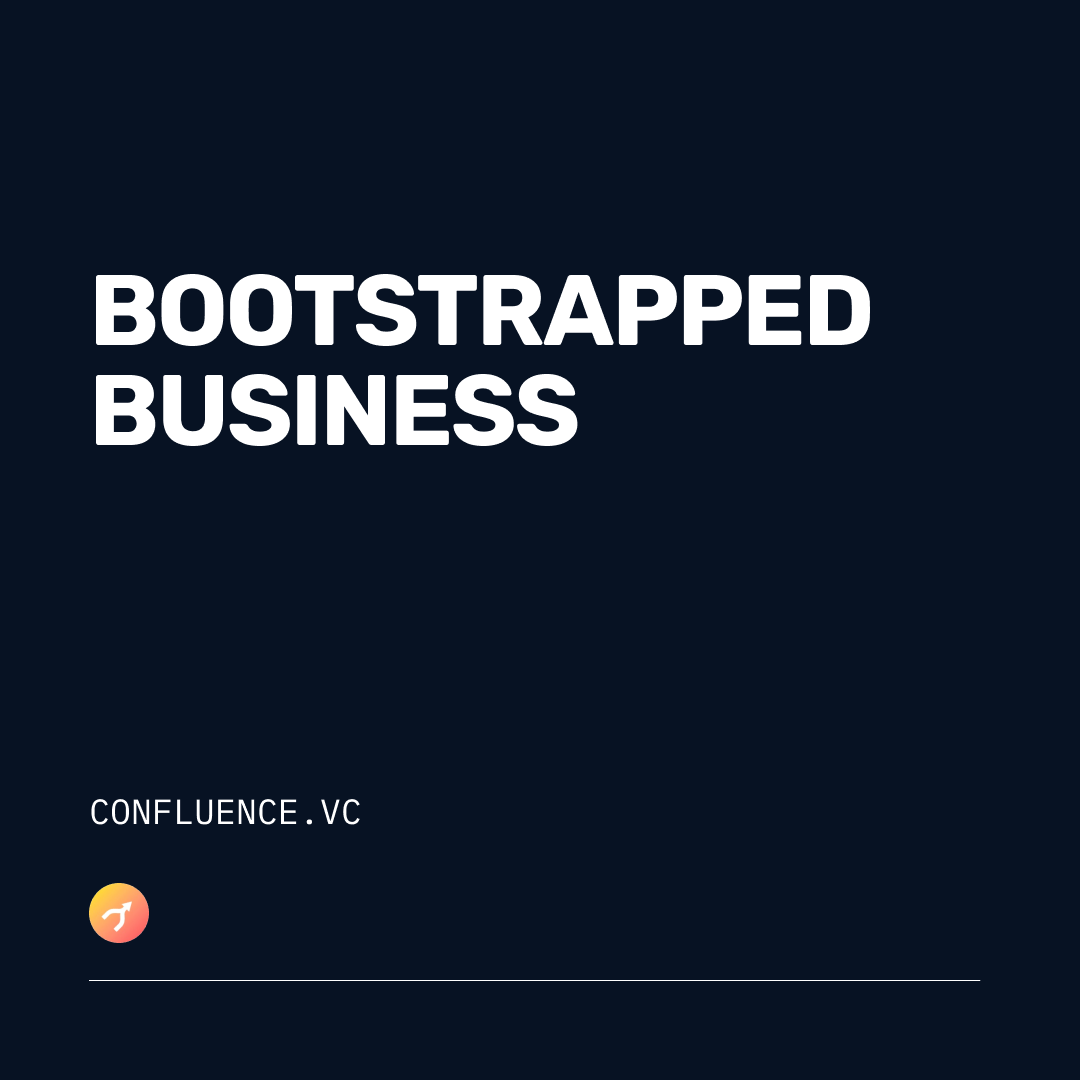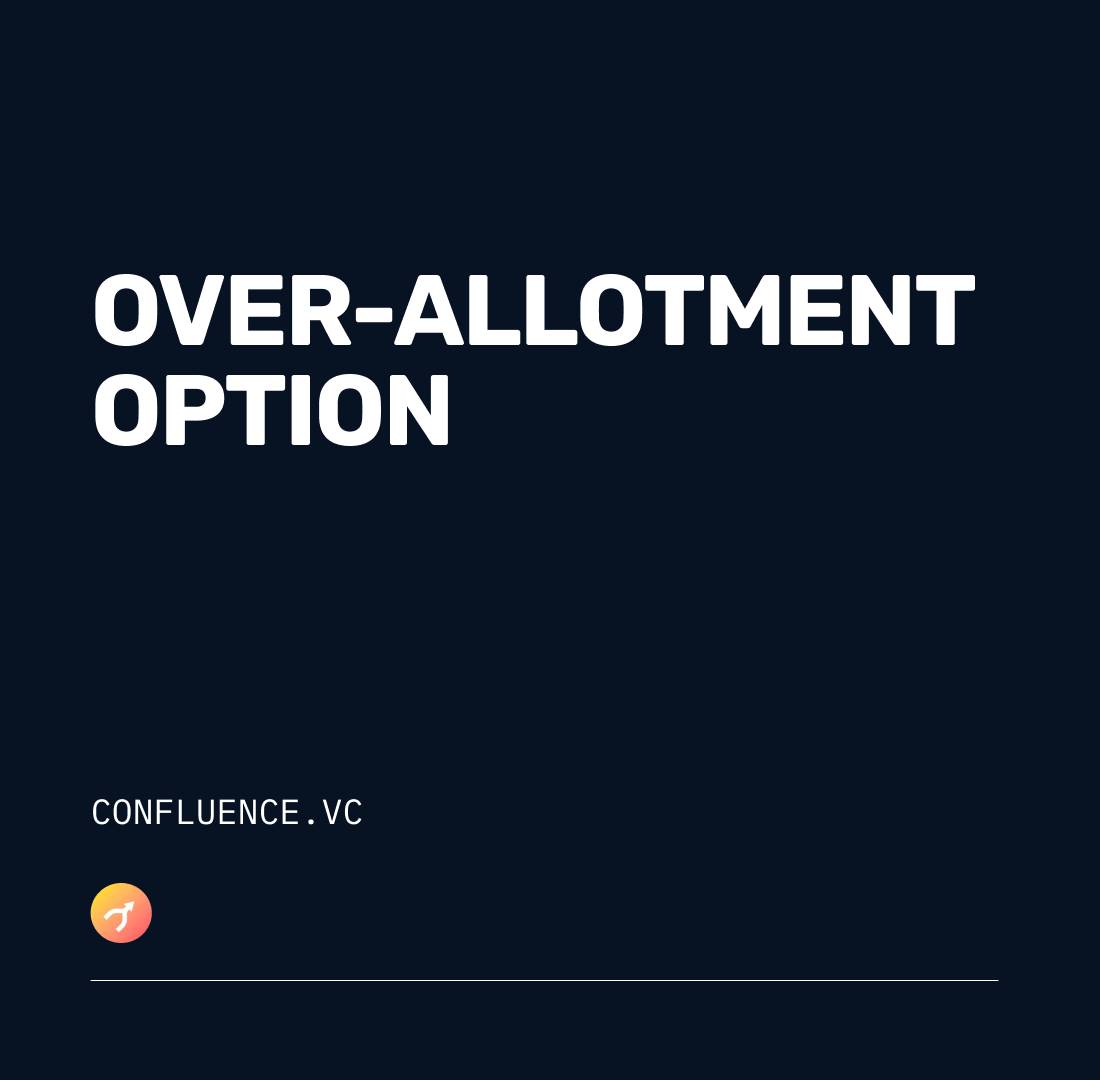Pros of bootstrapping
Full equity ownership
Many entrepreneurs prefer bootstrapping because the founders can retain full ownership of the company and do not have to share decision-making powers or profits with anyone outside the company. When a company takes on outside funding, they must give up a portion of ownership in exchange, which can dilute its control and decision-making power. Full equity ownership allows businesses to keep all profits generated within the company for reinvestment, growth, and expansion.
More control
Since bootstrapped companies have no obligation to outside investors, they have more control over their business operations. They can make decisions that align with their long-term goals rather than just short-term profits. With full equity ownership, founders have the final say in all business decisions and can prioritize their long-term goals over short-term profitability.
By giving up equity, founders no longer have full control over their business and may not be able to make decisions about the direction of the company without approval from the investors.
If the idea of giving up control over the business you’ve worked so hard to build doesn’t appeal to you, bootstrapping is a better option.
Limited debt
A bootstrapped company doesn’t take on debt in the form of investment or equity financing to launch their business venture, which means they do not have to worry about making monthly payments or meeting investor expectations for returns. A bootstrapped company may rely on owner financing (e.g., personal savings and income), personal debt (such as a credit card), sweat equity, or subsidy finance from the government to fund the company.
The company will also form better spending habits over time, including ensuring that inventory turns around at a faster rate, keeping operating expenses low, and focusing on rapid sales and innovation.

Cons of bootstrapping
Slower growth
Bootstrapping can impact the company’s growth in a negative way. Many businesses grow far more slowly because their funds are far more limited. Without the support of investors, the business takes longer to develop a new product or expand its operations. As a bootstrapping company, you’ll probably focus on developing your MVP (minimum viable product) and keeping operations afloat instead of investing in marketing or social media to generate interest. Having said that, it’s not always ideal for growing exponentially when you are bootstrapping: with a low budget, you may not be able to keep up with high demand.
Financial risk
Bootstrapping entrepreneurs are exposed to greater financial risks because of their limited cash flow. The company’s ability to weather storms like unexpected expenses, economic downturns, or market changes is reduced.
The limited cash supply means that bootstrappers often turn to alternative options, including factoring, asset re-financing, and relying on trade finance to survive tough times.
Less credibility
Without the backing of outside investors, companies that adopt this business model may be perceived as less credible or less serious than those that have raised significant amounts of capital. It may also be much harder to find connections required for building a business, including creating branding or prototypes.
Bootstrapping companies need to develop their own customer base and find collaborators without the guidance and funding of investors who may know the sector inside and out.

Tips for bootstrapping successfully
A business operating using only existing resources can be as successful as those who rely on outside investment, but it requires careful financial planning and due diligence. Here are a few tips for entrepreneurs that want to bootstrap their businesses:
Know where to cut costs.
It’s important to be extremely strategic about how and where to spend money. Focus only on essential expenses and find ways to cut costs wherever possible, e.g., by outsourcing or sharing resources. A bootstrapped company that relies on revenue may run into cash flow issues if they aren’t able to generate enough sales in a set period, which impacts its ability to pay staff and other obligations, including obtaining inventory.
A bootstrapped company has to run in a lean, efficient way at all times. Some of the ways bootstrapping companies can save money are by giving themselves minimum paychecks, working remotely from an office, building a website using templates instead of investing in web development, and investing in organic marketing over paid advertising. In some instances, the owner may personally deliver goods instead of relying on a formal delivery service, although this requires a trade off between time and capital.
Establish a support network.
Investors often fulfill a wider role than just offering to fund operations. They bring their advice, connections, and experience to the table. If you decide to bootstrap your business, build relationships with mentors, advisors, and other entrepreneurs that can provide the support and guidance you need. There are often networking business events and communities that entrepreneurs can join to find the support they need as a bootstrapping business.
Focus on profitability ASAP.
Bootstrapped companies need to generate profits as quickly as possible to achieve the business growth they need.
Focus on developing a viable business model and generating revenue as early as possible to avoid running into cash flow problems or closing down altogether. Set realistic goals and keep profit margins high. Make sure that you have a firm grip on your expenses (including taxes and inventory costs) and that you keep a close eye on financial statements to ensure that your business is growing and turning a profit as it should.
Read more: 8 Best Financial Modeling Software Tools in 2023
Bottom line
Bootstrapping is a viable option if you would like to start a business without relying on outside funding or loans. It’s not for the faint of heart and can be very challenging, but if you want full control over your business, your debt, and your strategy, it’s a far better option than turning to equity financing.
Limited resources do not have to limit your growth or earning potential, but it requires discipline and close financial oversight. Make sure that you are cutting costs, establishing a support network, and focusing on profitability if you want your venture to succeed in the long run.
Remember, some of the biggest and best companies in the world were built by bootstrappers – but none of them claimed it was an easy road to success. If you are determined, you can reach the same heights.







